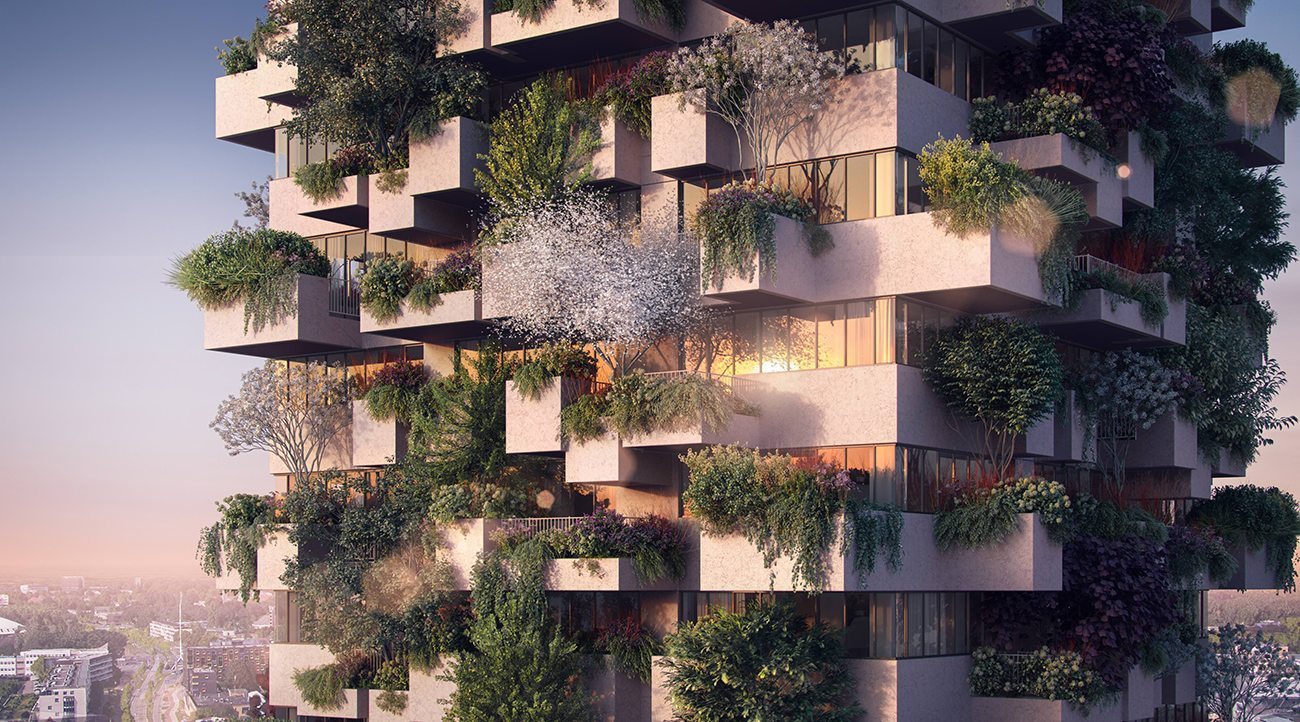Written by Isaac Davis
Elon Musk’s sleek, electric Tesla Model 3 is a huge step toward a cleaner transport industry. However, priced at $35,000, is this really an “affordable” option for everyone looking to purchase a new vehicle? (Cohen 2017). In his latest project architect and environmentalist Stefano Boeri looks to comElon Musk’s sleek, electric Tesla Model 3 is a huge step toward a cleaner transport industry. However, priced at $35,000, is this really an “affordable” option for everyone looking to purchase a new vehicle? (Cohen 2017). In his latest project architect and environmentalist Stefano Boeri looks to combat the inhibiting costs of green technology.
Over the last century rising greenhouse gas emissions have led to extensive global change, impacting us at a societal, economic and political level, altering how we know and understand our planet. Contemporary solutions creatively approach such issues. New technologies substitute for less efficient practises, re-using and recycling, capturing energy from renewable sources. Despite the vast expansion of environmental awareness and innovation there is often distance between our ‘greener’ ambitions and our day to day existence.
Working especially in urban environments, Boeri is concerned sustainable architecture, re-introducing forests to our most populated city centres. Based in Eindhoven, Netherlands, the Trudo Vertical Forest housing project – his most recent design – looks to combat both climate change and urban housing issues. Funded by a social housing project it will be the first of its kind, catering to Eindhoven’s lower income residents.
The skyscraper will stand 246 feet above the CBD and provide 125 compact housing units. Each apartment claims a balcony, 1 tree and 20 bushes from the building’s 125 trees and 5,200 shrubs. Such planting is not only aesthetically appealing. Collectively Boeri’s innovative architectural prototype aims to offset over 50,000 tons of CO2 annually – the equivalent of nearly 8,500 cars. Rich species variety will provide a haven of biodiversity in an otherwise concrete landscape.
Boeri proves that integrating environmental responsibility into our lives is not a fallacy or extortionate, moreover it provides an opportunity to “improve the living conditions of less well-off citizens” (Boeri 2017). This inspired design reminds us to question what is achievable, where environmental innovation can lead.




